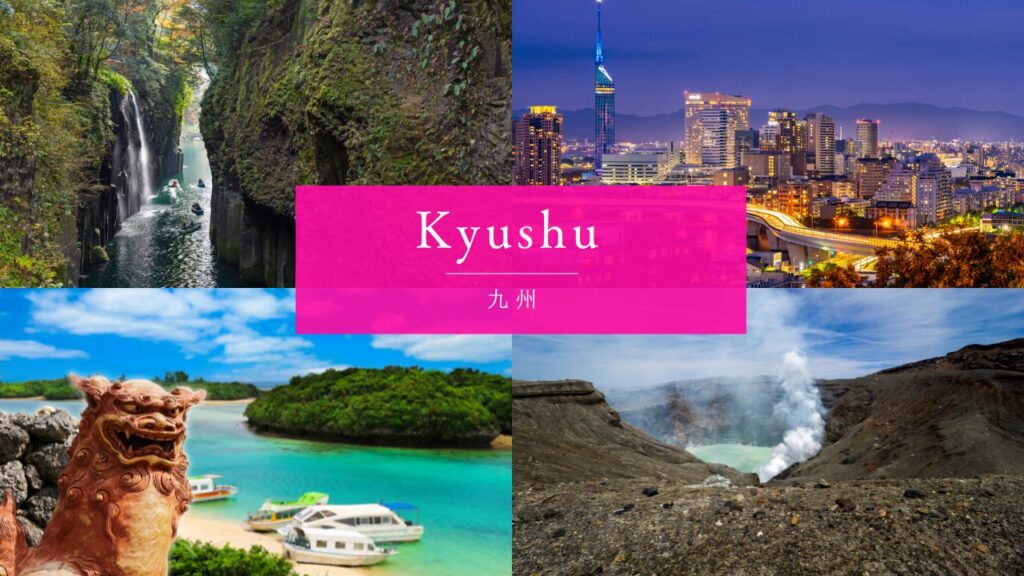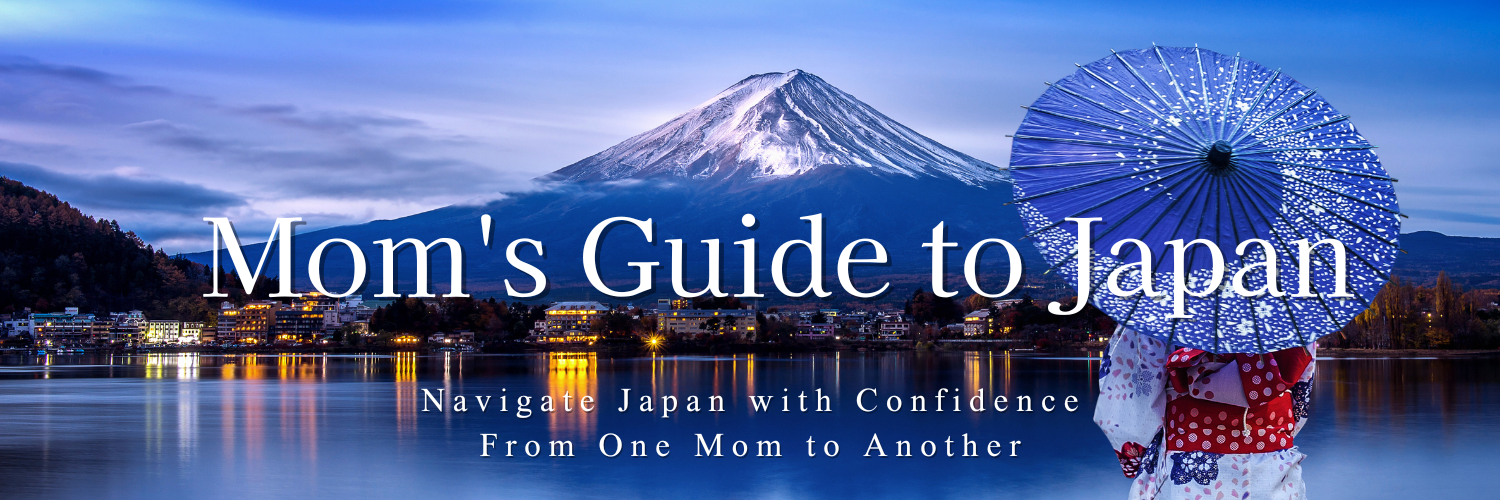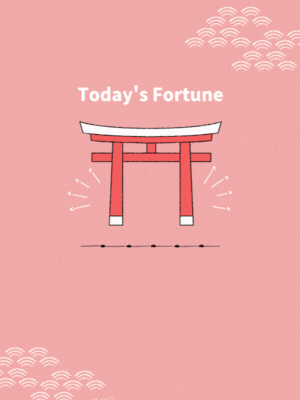Volcanic Hot Springs and Tropical Paradise of the South

In the Kyushu region, there are many popular tourist destinations that attract foreign visitors.
In particular, Fukuoka, Kumamoto, Nagasaki, Saga, Miyazaki, Okinawa prefectures are drawing foreigners with their charm that blends nature, history, and culture.
Fukuoka
Fukuoka serves as Kyushu’s cosmopolitan gateway with distinctive urban culture.
The energetic Hakata Gion Yamakasa Festival features teams racing with massive decorated floats through city streets.
The vibrant yatai (food stall) culture creates unique social dining experiences along rivers and in dedicated districts.
The prefecture maintains important Zen Buddhist sites including Dazaifu Tenmangu and the first zen temple in Japan.
Culinary specialties include tonkotsu ramen, mentaiko (spiced cod roe), and fresh seafood from the Genkai Sea.
Saga
Saga preserves world-class ceramic traditions and coastal wetland environments.
Arita and Imari maintain 400-year-old porcelain traditions that once dominated European royal tables.
The dramatic Saga International Balloon Fiesta fills skies with hundreds of colorful hot air balloons annually.
The Yutoku Inari Shrine ranks among Japan’s three most important shrines dedicated to the fox deity.
Mudflat experiences along the Ariake Sea showcase unique marine ecology and traditional fishing methods.
Nagasaki
Nagasaki reflects centuries of international exchange and profound historical significance.
Dejima Island preserves the Dutch trading post from Japan’s isolation period. Glover Garden showcases Western influence through historic residences overlooking the harbor.
Gunkanjima (Battleship Island) offers haunting industrial ruins on an abandoned coal mining island. The Nagasaki Peace Park and Atomic Bomb Museum memorialize the city’s atomic bombing.
The prefecture features unique culinary traditions blending Japanese, Chinese, and European influences, including castella cake and champon noodles.
Kumamoto
Kumamoto balances its iconic castle with dramatic volcanic landscapes.
Kumamoto Castle ranks among Japan’s most impressive feudal fortresses, showcasing exceptional reconstruction following earthquake damage.
Mount Aso features Japan’s largest active caldera with accessible volcanic experiences and grassland landscapes.
The prefecture highlights traditional wooden architecture in preserved merchant districts.
Culinary specialties include basashi (horse sashimi) and distinctive variations on regional classics like tonkotsu ramen.
Oita
Oita centers around Japan’s greatest concentration of hot springs and geothermal activity.
Beppu’s “Hells” showcase dramatic colored hot springs and geothermal features for viewing rather than bathing.
Yufuin offers a more refined hot spring town experience with mountain views and artisanal shopping.
The Kunisaki Peninsula preserves ancient Buddhist stone carvings and pilgrimage routes through forested mountains.
The prefecture maintains unique bathing cultures with sand baths, mud baths, and distinctive regional cuisine highlighting local ingredients.
Miyazaki
Miyazaki combines subtropical coastal beauty with mythological significance.
Takachiho Gorge features dramatic basalt columns and waterfalls connected to Japanese creation myths.
The Nichinan Coast offers spectacular ocean drives past distinctive rock formations and phoenix palm-lined beaches.
The prefecture maintains important sites connected to Emperor Jimmu, mythological first emperor of Japan.
Agricultural abundance creates distinctive cuisine focused on Miyazaki beef, chicken, and tropical fruits alongside fresh seafood.
Kagoshima
Kagoshima lives in the shadow of one of Japan’s most active volcanoes amid southern tropical atmosphere.
Sakurajima volcano dominates the bay with frequent ash eruptions and dramatic presence opposite the city.
The Satsuma Peninsula preserves samurai heritage that helped modernize Japan during the Meiji Restoration.
The subtropical Yakushima Island (UNESCO World Heritage) showcases ancient cedar forests that inspired Studio Ghibli’s Princess Mononoke.
Regional cuisine features distinctive sweet potato shochu spirit, kurobuta black pork, and abundant seafood.
Okinawa
Okinawa maintains its distinct Ryukyu Kingdom heritage across subtropical island chains.
Crystal-clear waters surrounding islands like Ishigaki and Miyako offer world-class snorkeling, diving, and beach experiences.
Shuri Castle and cultural villages preserve the distinctive architecture and traditions of the independent Ryukyu Kingdom.
The prefecture features distinctive music traditions using the three-stringed sanshin and energetic Eisa drum dancing.
Okinawan cuisine emphasizes longevity-promoting ingredients like bittermelon (goya), seaweed, and regional specialties including Okinawa soba and the distilled spirit awamori.
The appeal of the Kyushu and Okinawa region:
This southwestern region offers a fascinating blend of Japanese traditions with international influences due to historical trading connections.
The abundance of geothermal activity creates world-famous hot spring experiences, while the subtropical climate in Okinawa provides beach resort opportunities unique within Japan.
Visitors can explore everything from ancient cultural sites to dramatic natural landscapes, all while enjoying the renowned hospitality and distinctive food cultures that characterize this diverse region.


